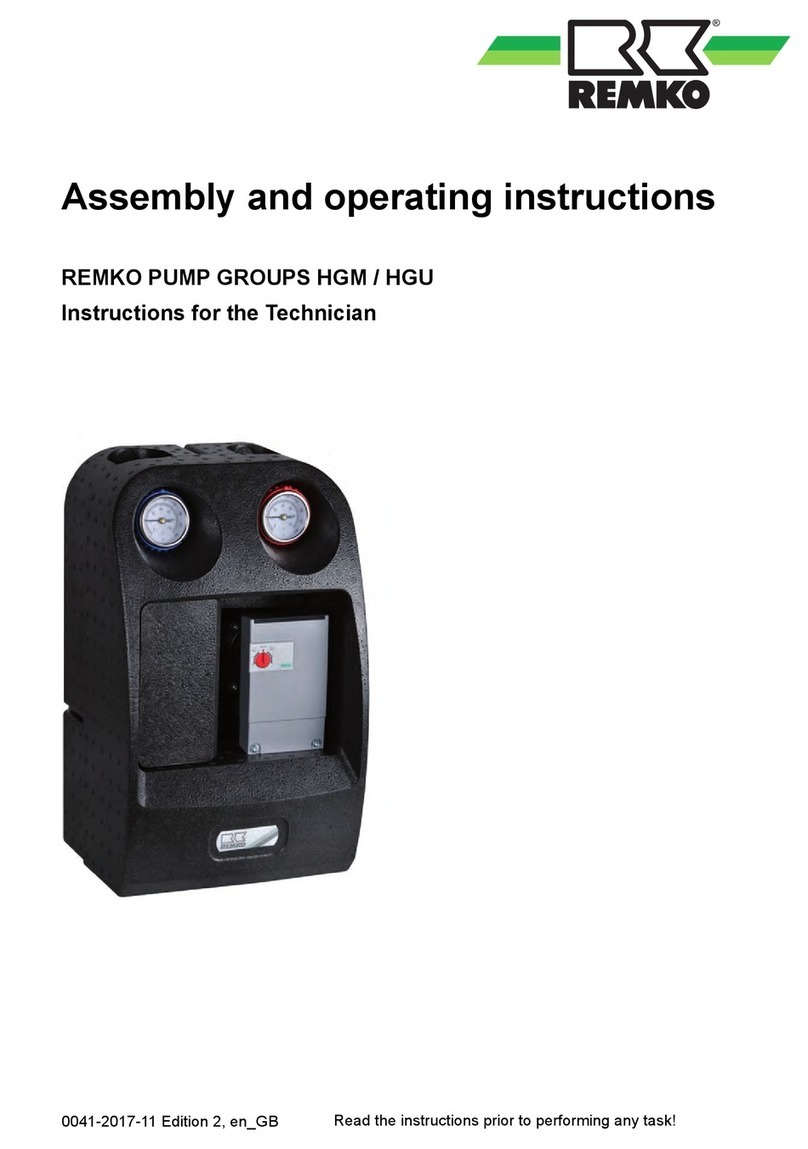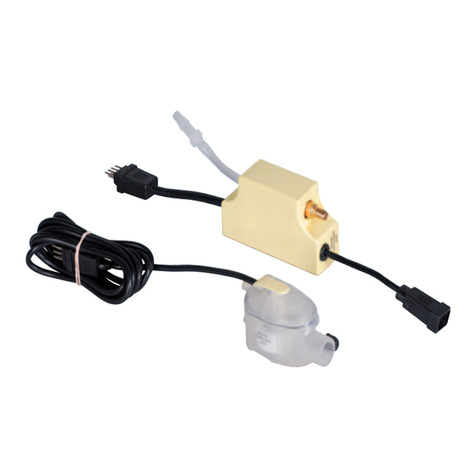TABLE OF CONTENTS
INTRODUCTION.................................................................................
SECTION A – SAFETY.......................................................................
SECTION B – INSTALLATION...........................................................
Pump Dimensions.............................................................
1. PREINSTALLATION INSPECTION...........................................
2. POSITIONING PUMP................................................................
Lifting.................................................................................
Mounting...........................................................................
Clearance..........................................................................
3. SUCTION AND DISCHARGE PIPING......................................
Materials............................................................................
Line Configuration.............................................................
Connections to Pump........................................................
Gauges..............................................................................
4. SUCTION LINES.......................................................................
Fittings...............................................................................
Strainers............................................................................
Sealing..............................................................................
Suction Lines in Sumps.....................................................
Suction Lines Positioning..................................................
5. DISCHARGE LINES..................................................................
Siphoning..........................................................................
Valves...............................................................................
Bypass Lines.....................................................................
6. AUTOMATICAIR RELEASE VALVE.........................................
Theory of Operation..........................................................
Air Release Valve Installation............................................
7. ALIGNMENT..............................................................................
Coupled Drivers................................................................
V-Belt Drives.....................................................................
SECTION C – OPERATION................................................................
8. PRIMING...................................................................................
9. STARTING................................................................................
Rotation.............................................................................
10. OPERATION...........................................................................
Lines With a Bypass..........................................................
Lines Without a Bypass.....................................................
Leakage............................................................................
Liquids Temperature and Overheating..............................
Strainer Check..................................................................
Pump Vacuum Check.......................................................
11. STOPPING..............................................................................
Cold Weather Preservation...............................................
12. BEARING TEMPERATURE CHECK......................................
Pg. 03
Pg. 04
Pg. 05
Pg. 05
Pg. 06
Pg. 06
Pg. 06
Pg. 06
Pg. 06
Pg. 07
Pg. 07
Pg. 07
Pg. 07
Pg. 07
Pg. 07
Pg. 07
Pg. 07
Pg. 08
Pg. 08
Pg. 08
Pg. 09
Pg. 10
Pg. 12
Pg. 12
Pg. 14
Pg. 15
Pg. 16
Pg. 09
Pg. 09
Pg. 09
Pg. 10
Pg. 11
Pg. 13
Pg. 14
Pg. 15
Pg. 15
Pg. 15
Pg. 15
Pg. 15
Pg. 16
Pg. 16
Pg. 17
Pg. 17
Pg. 17
1





























